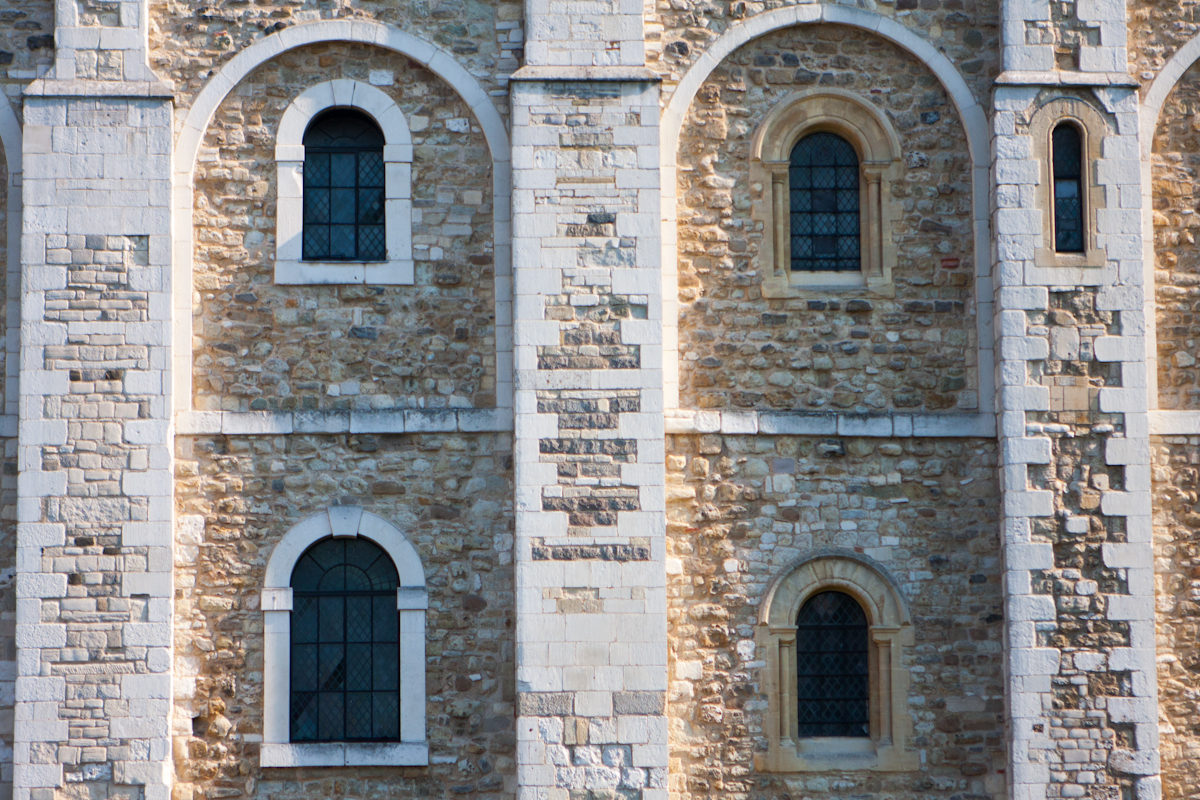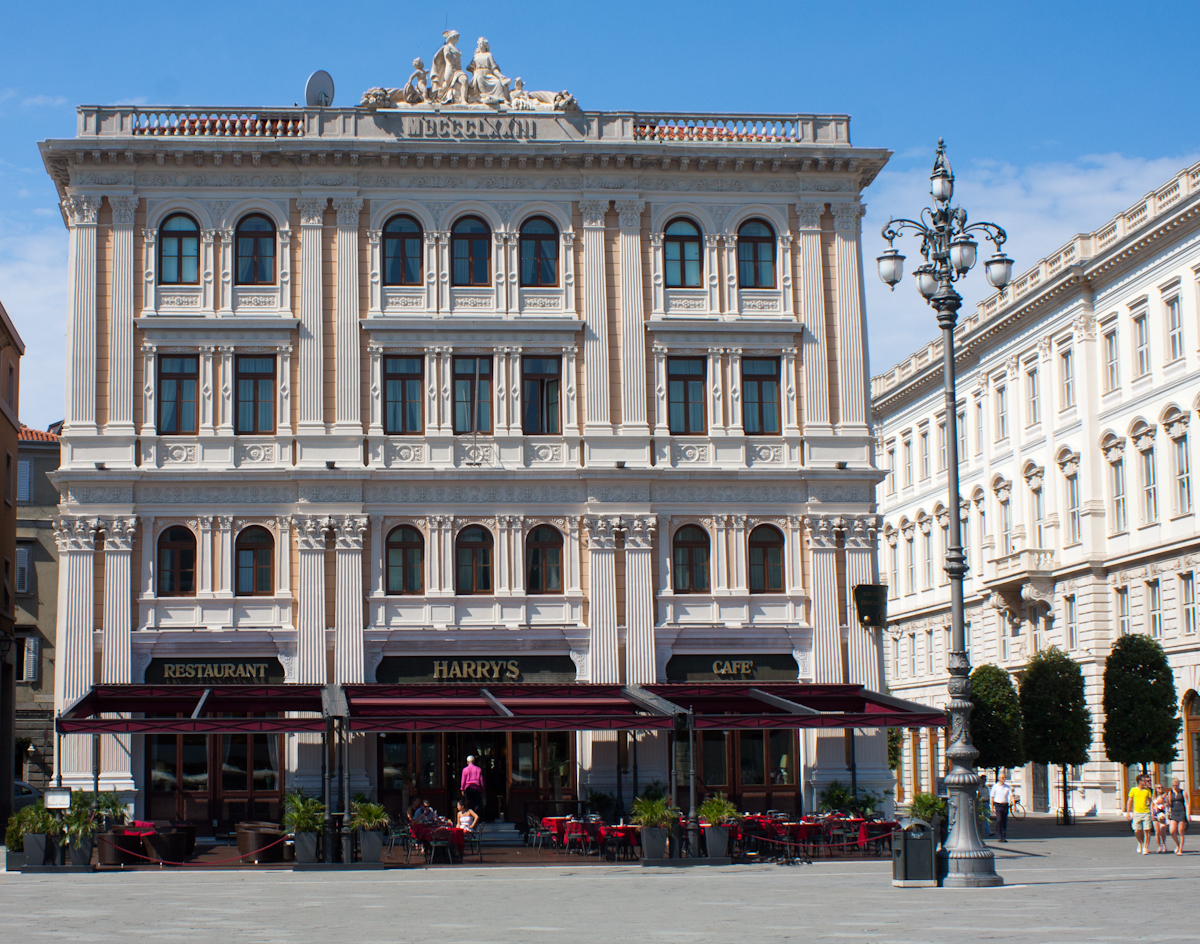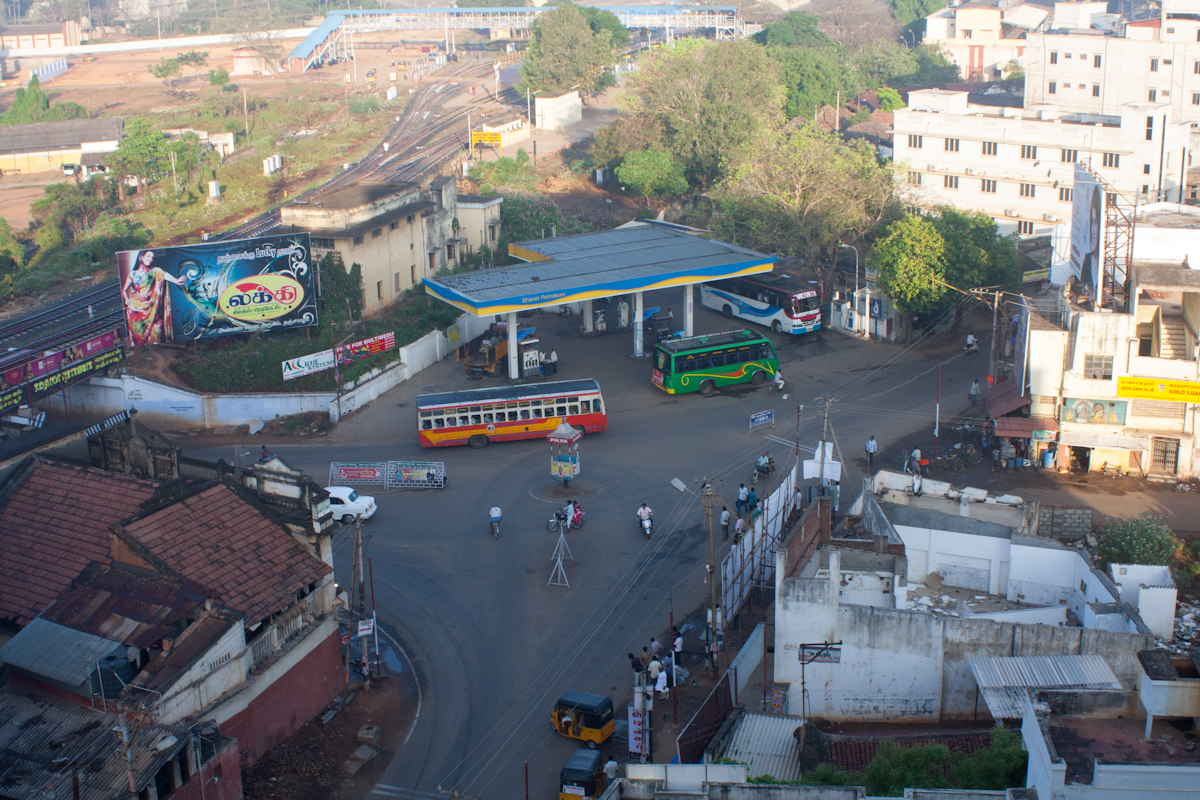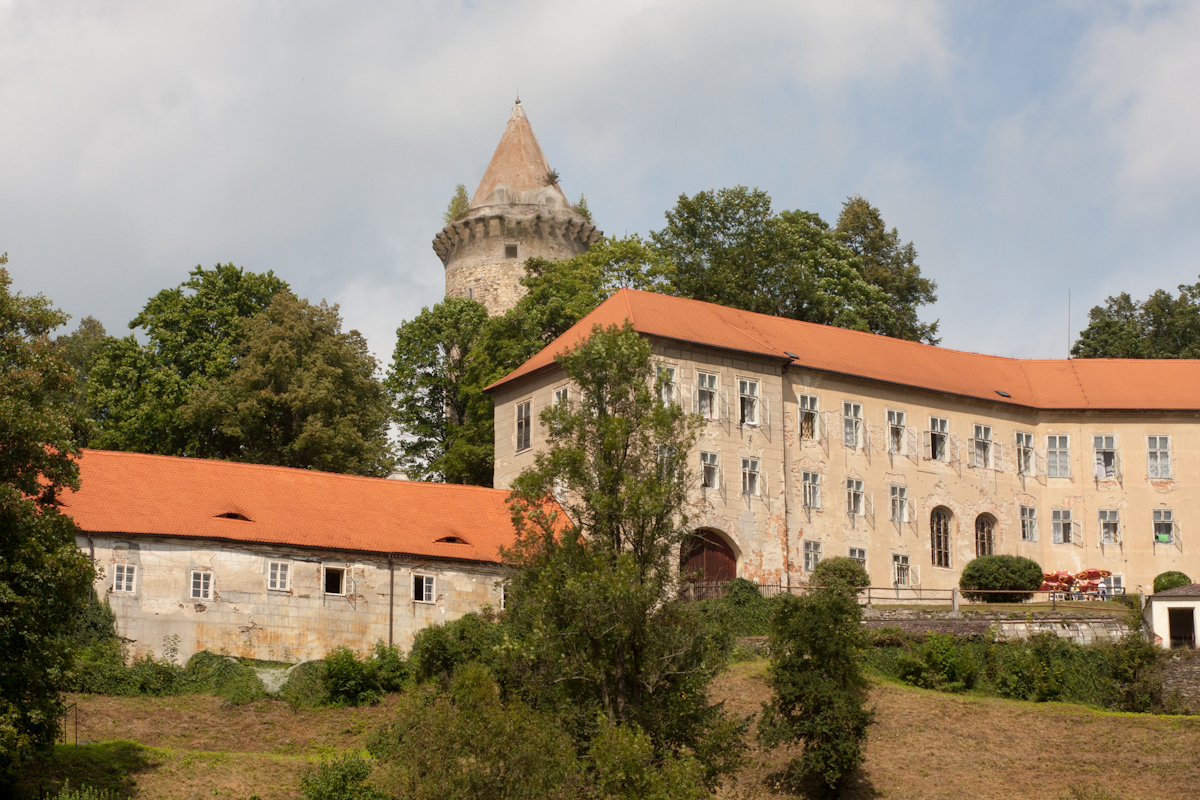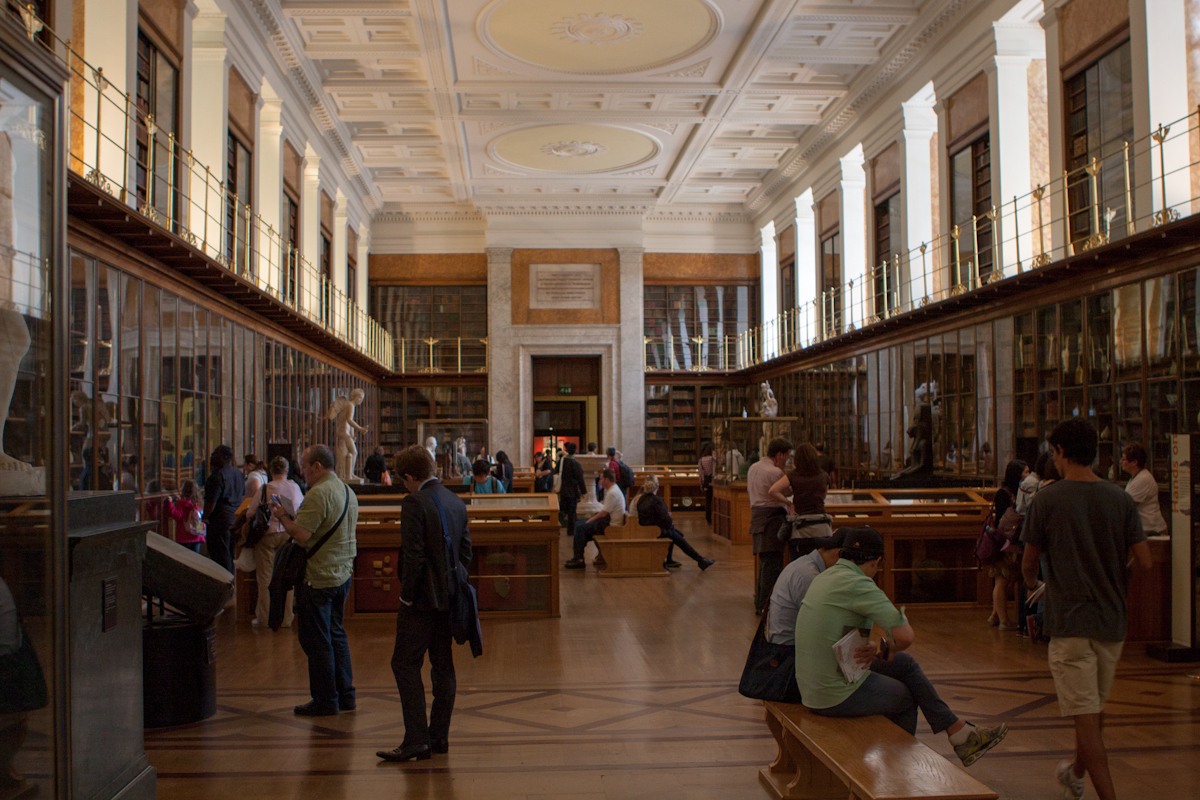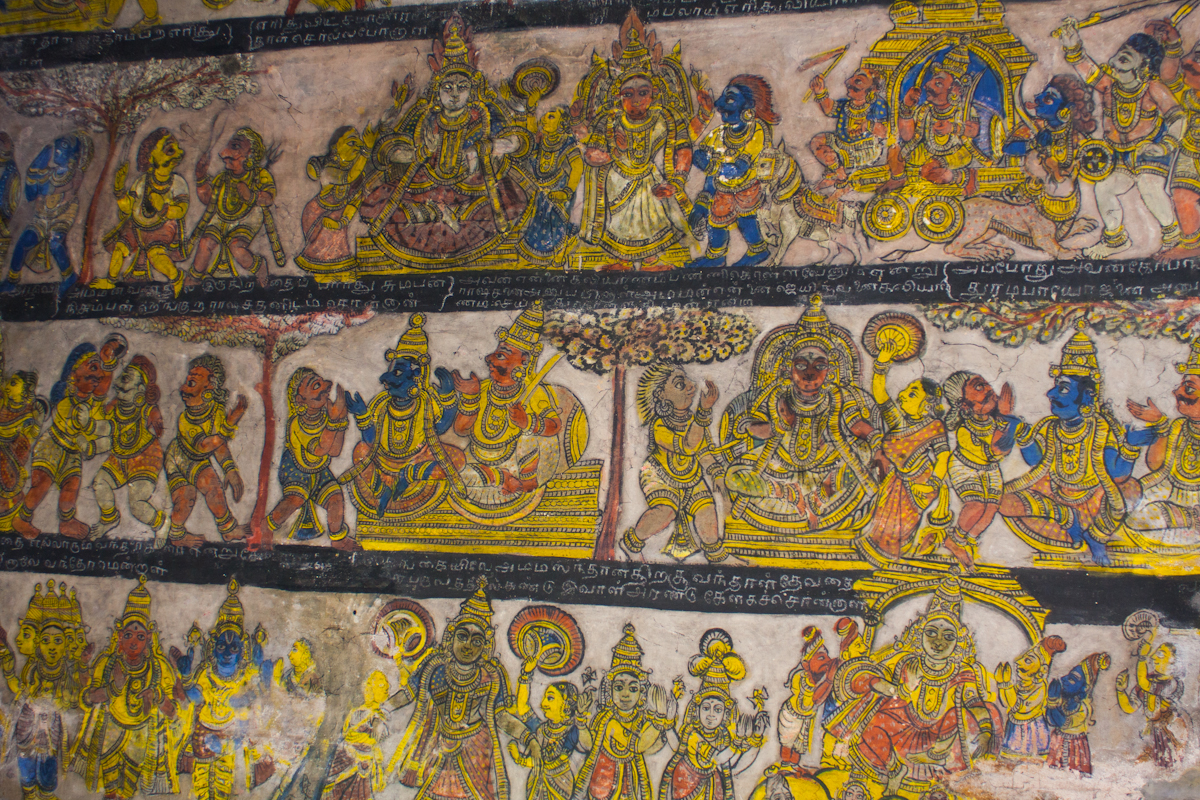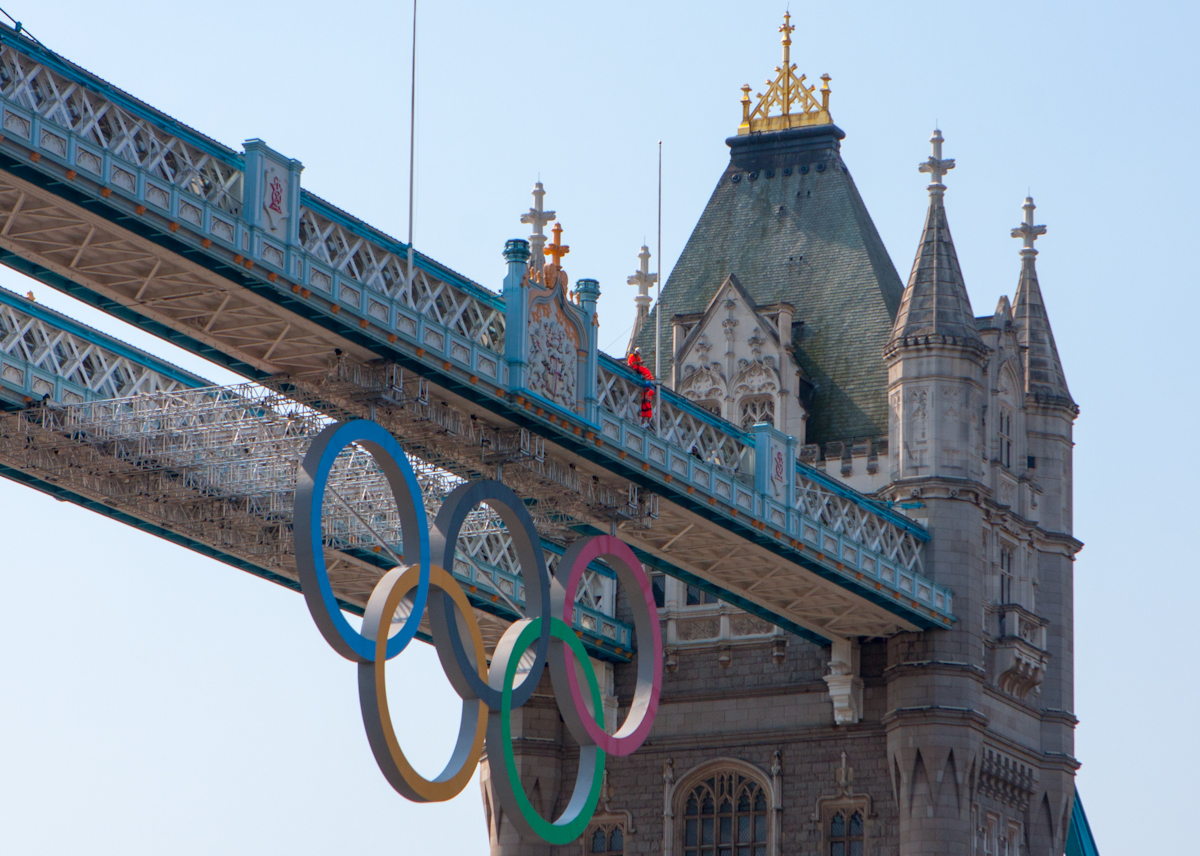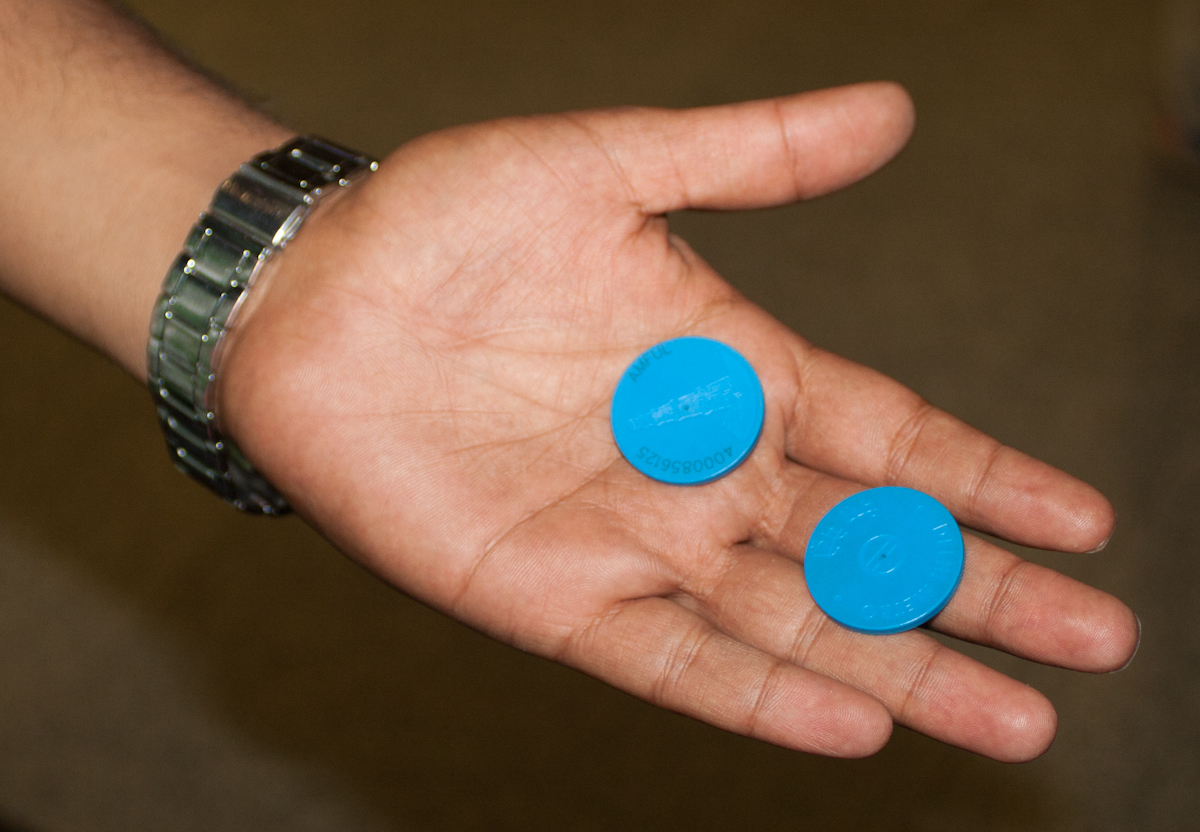Watermelon (Citrullus lanatus, family Cucurbitaceae) is a vine-like (scrambler and trailer) flowering plant originally from southern Africa. Its fruit, which is also called watermelon, is a special kind referred to by botanists as a pepo, a berry which has a thick rind (exocarp) and fleshy center (mesocarp and endocarp). Pepos are derived from an inferior ovary, and are characteristic of the Cucurbitaceae. The watermelon fruit, loosely considered a type of melon – although not in the genus Cucumis – has a smooth exterior rind (usually green with dark green stripes or yellow spots) and a juicy, sweet interior flesh (usually deep red to pink, but sometimes orange, yellow, or white). More…
Author Archives: Peter Rudzan
Tower of London
Her Majesty’s Royal Palace and Fortress, more commonly known as the Tower of London, is a historic castle on the north bank of the River Thames in central London, England. It lies within the London Borough of Tower Hamlets, separated from the eastern edge of the square mile of the City of London by the open space known as Tower Hill. It was founded towards the end of 1066 as part of the Norman Conquest of England. The White Tower, which gives the entire castle its name, was built by William the Conqueror in 1078, and was a resented symbol of oppression, inflicted upon London by the new ruling elite. The castle was used as a prison from 1100 (Ranulf Flambard), until 1952 (Kray twins) although that was not its primary purpose. A grand palace early in its history, it served as a royal residence. As a whole, the Tower is a complex of several buildings set within two concentric rings of defensive walls and a moat. There were several phases of expansion, mainly under Kings Richard the Lionheart, Henry III, and Edward I in the 12th and 13th centuries. The general layout established by the late 13th century remains despite later activity on the site. More…
Trieste in Italy
Trieste is a city and seaport in north-eastern Italy. It is situated towards the end of a narrow strip of Italian territory lying between the Adriatic Sea and Slovenia, which lies almost immediately south and east of the city. Trieste is located at the head of the Gulf of Trieste and throughout history it has been influenced by its location at the crossroads of Germanic, Latin and Slavic cultures.
Trieste was one of the oldest parts of the Habsburg Monarchy. In the 19th century, it was the most important port of one of the Great Powers of Europe. As a prosperous seaport in the Mediterranean region, Trieste became the fourth largest city of the Austro-Hungarian Empire (after Vienna, Budapest, and Prague). In the fin-de-siecle period, it emerged as an important hub for literature and music. However, the collapse of the Austro-Hungarian Empire and Trieste’s union to Italy after World War I led to some decline of its “Mittel-European” cultural and commercial importance. Enjoying an economic revival during the 1930s and throughout the Cold War, Trieste was an important spot in the struggle between the Eastern and Western blocs. Today, the city is in one of the richest regions of Italy, and has been a great centre for shipping, through its port (Port of Trieste), shipbuilding and financial services.
Venice
The history of the Republic of Venice traditionally begins with its foundation at noon on Friday March 25, 421 by authorities from Padua who hoped to establish a trading-post in the region. This event was marked by the founding of the Venetian church of St. James. What is certain is that the early city of Venice, existed as a collection of lagoon communities which banded together for mutual defence from the Lombards as the power of the Byzantine Empire dwindled in northern Italy in the late 7th century. More…
Thanjavur (India)
Thanjavur, formerly Tanjore, is a city which is the headquarters of the Thanjavur District in the south Indian state of Tamil Nadu. Scholars believe the name Thanjavur is derived from Tanjan, a legendary demon in Hindu mythology. While the early history of Thanjavur remains unclear, the city first rose to prominence during the reign of Medieval Cholas when it served as the capital of the empire. After the fall of Cholas, the city was ruled by various dynasties like Pandyas, Vijayanagar Empire, Madurai Nayaks, Thanjavur Nayaks, Thanjavur Marathas and the British Empire. It has been a part of independent India since 1947. Thanjavur is an important centre of South Indian religion, art, and architecture. Most of the Great Living Chola Temples, which are UNESCO World Heritage Monuments, are located in and around Thanjavur. The foremost among these, the Brihadeeswara Temple, is located in the centre of the city. Thanjavur is also home to Tanjore painting, a painting style unique to the region. The city is an important agricultural centre located in the Cauvery Delta and is known as the “Rice bowl of Tamil Nadu”. Thanjavur is administered by a municipal corporation covering an area of 36.33 km2 (14.03 sq mi) and had a population of 222,619 in 2011. More…
Rožmberk Castle
Rožmberk (German: original Rosenberg) is a castle situated in South Bohemia near Rožmberk nad Vltavou in the Czech Republic. Considered as one of the oldest castles in Bohemia, it stands on a promontory carved out on three sides by the river Vltava. It was first mentioned in 1253 in a document signed by Vok von Rosenberg. It is regarded as the cradle of the House of Rožmberk, also known as the “Lords of the Rose”, a historical Czech aristocratic family. More…
British Museum
The British Museum is a museum in London dedicated to human history and culture. Its permanent collection, numbering some eight million works, is among the largest and most comprehensive in existence and originates from all continents, illustrating and documenting the story of human culture from its beginnings to the present.
The British Museum was established in 1753, largely based on the collections of the physician and scientist Sir Hans Sloane. The museum first opened to the public on 15 January 1759 in Montagu House in Bloomsbury, on the site of the current museum building. Its expansion over the following two and a half centuries was largely a result of an expanding British colonial footprint and has resulted in the creation of several branch institutions, the first being the British Museum (Natural History) in South Kensington in 1887. Some objects in the collection, most notably the Elgin Marbles from the Parthenon, are the objects of intense controversy and of calls for restitution to their countries of origin.
Brihadeeswara Temple
The Peruvudaiyar Kovil, also known as Brihadeeswara Temple, RajaRajeswara Temple and Rajarajeswaram, at Thanjavur in the Indian state of Tamil Nadu, is a Hindu temple dedicated to Shiva and an art of the work achieved by Cholas in Tamil architecture. The temple is part of the UNESCO World Heritage Site “Great Living Chola Temples”.
This temple is one of India’s most prized architectural sites. The temple stands amidst fortified walls that were probably added in the 16th century. The vimana or (temple tower) is 216 ft (66 m) high and is among the tallest of its kind in the world. The Kumbam (Kalasha or Chikharam) (apex or the bulbous structure on the top) of the temple is carved out of a single stone.
There is a big statue of Nandi (sacred bull), carved out of a single rock, at the entrance measuring about 16 feet long and 13 feet high.
The entire temple structure is made out of granite, the nearest sources of which are close to Tiruchchirapalli, about 60 km to the west of Thanjavur, where the temple is. More…
Tower Bridge
Tower Bridge (built 1886–1894) is a combined bascule and suspension bridge in London, over the River Thames. It is close to the Tower of London, from which it takes its name. The bridge consists of two towers tied together at the upper level by means of two horizontal walkways, designed to withstand the horizontal forces exerted by the suspended sections of the bridge on the landward sides of the towers. The vertical component of the forces in the suspended sections and the vertical reactions of the two walkways are carried by the two robust towers. The bascule pivots and operating machinery are housed in the base of each tower. The bridge’s present colour scheme dates from 1977, when it was painted red, white and blue for the Queen Elizabeth II’s silver jubilee. Originally it was painted a mid greenish-blue colour. More…
Tokens – Metro in Delhi
Delhi Metro is a rapid transit system serving Delhi, Gurgaon, Noida, and Ghaziabad in the National Capital Region of India. Delhi Metro is the world’s 13th largest metro system by annual passenger rides as of 2012-13. Delhi Metro is India’s first modern public transportation system,which has revolutionized travel by providing a fast, reliable, safe, and comfortable means of transport. The network consists of six lines with a total length of 189.63 kilometres (117.83 mi) with 142 stations, of which 35 are underground, five are at-grade, and the remainder are elevated. All stations have escalators, elevators, and tactile tiles to guide the visually impaired from station entrances to trains. It has a combination of elevated, at-grade, and underground lines, and uses both broad gauge and standard gauge rolling stock. More…

